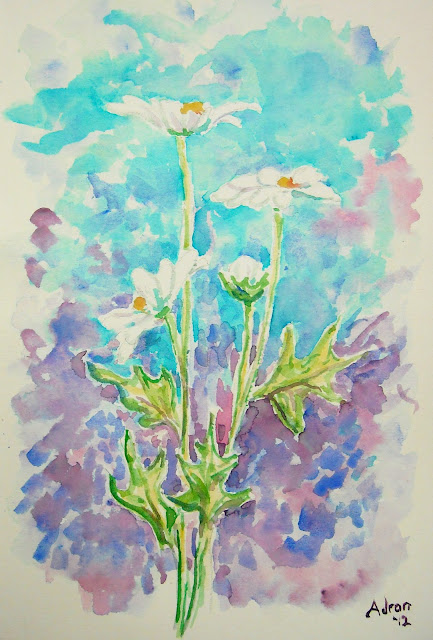DRAWING LESSON WITH TEXTURE
SPECTRUM ART 1, 11/29/12
How to add texture in drawing is an art lesson for young artist in our home school class, it is hoped that others may benefit from this also.
Texture may be thought of as a pattern that gives the effect of smooth. or rough, or something in between. This may be a repeated pattern but not always.
Adding texture gives realism and effect to a picture. It is the committed artist who masters texture because it requires observation, some (not much) skill, and patience. The secret of drawing texture is simple, observe the pattern and diligently recreate the pattern over and over.
Texture may be thought of as a pattern that gives the effect of smooth. or rough, or something in between. This may be a repeated pattern but not always.
Adding texture gives realism and effect to a picture. It is the committed artist who masters texture because it requires observation, some (not much) skill, and patience. The secret of drawing texture is simple, observe the pattern and diligently recreate the pattern over and over.
Before we begin take a moment and look at the area around you and see textures.
Our warm up is to draw a series of circles, in each circle draw a different texture, rough like wood, bubbles like soapy water, rough like sandpaper, leaves, diamonds, fur, puckered like an orange peel, etc.
For fun we will turn those circles to the fantasy armor of ancient warriors so each look like a shield; maybe the shield of a dwarf, fairy, elf, mermaid, wizard, etc. Some girls students designed princess clothing instead, they used three different textures in each design.
Below is an example from class.
 |
| Lesson on Texture. |
1. A stack of books, (focus on the texture of the pages edges).
2. Tools including a hammer, (focus on the wood grain handle and rough puckered head).
3. Oranges, (focusing on the rough puckered skin).
4. A can of house-painter's brushes, (focus on the hard smooth texture).
5. A slice of bread, (focus on the bubble texture).
6. And students own clothing, (focus on the weave).
(c)Adron Dozat






